What is the best firewood to keep you warm this winter?
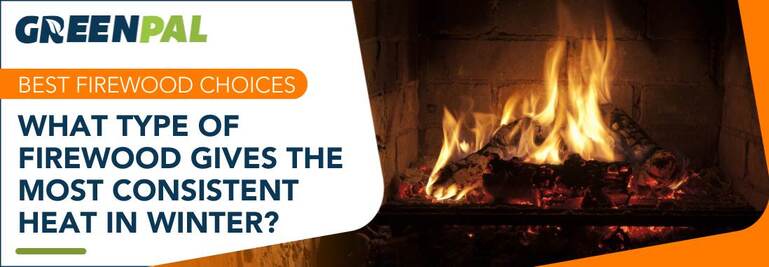
Get this, it was over 350,000 years ago when fire was first discovered by humans.
It’s true, a lot has changed since then!
Today, with just a flick of the wrist, fire can be created instantly; in fact, more and more homes have resorted to gas fireplaces, making wood burning hearth-sides a thing of the past.
Let’s face it, despite requiring more home maintenance there is nothing like the crackling, popping, and smoky smell of a real wood-burning fire.
So when it’s time to roast marshmallows, sip hot chocolate, and cuddle by the fire... What is the best firewood to use?
Here is what you need to know!
Types of Firewood
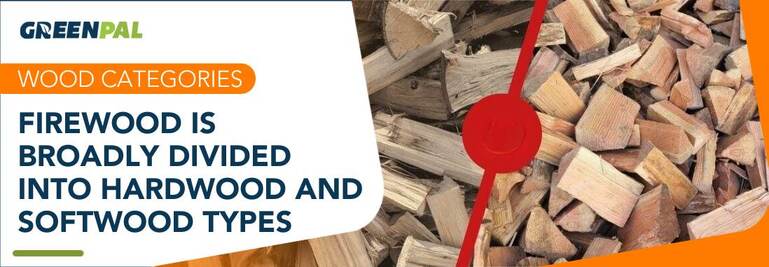
Wood is categorized in two types: hardwood and softwood.
Hardwoods come from deciduous trees which lose their leaves annually. In general hardwoods make much better indoor firewood.
Softwoods are conifers which usually remain evergreen. Softwoods, with few exceptions do not make good indoor firewood as they are full of sap, but can be excellent fire starters or at outdoor bonfires.
Here are the facts regarding 7 different types of wood.
Which wood will take the victory? Lets find out!
1. Maple Firewood
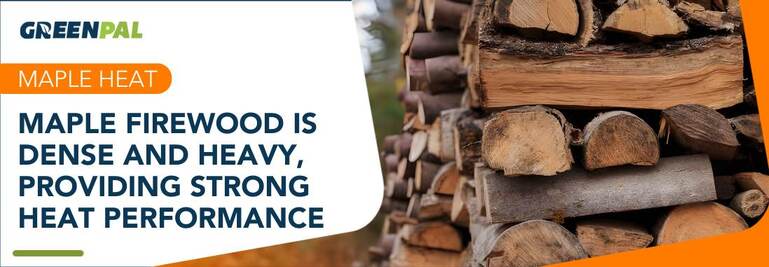
Maple wood is very dense and heavy, making it very difficult to split and ignite. This moderately priced wood does burn very hot and consistently, producing very little smoke.
Despite some downsides, this wood is perfect for bonfires, fireplaces, and wood burning stoves.
Pros |
Cons |
Provides consistent heat |
Difficult to split |
Burns very hot | |
Smokes very little |
2. Oak Firewood
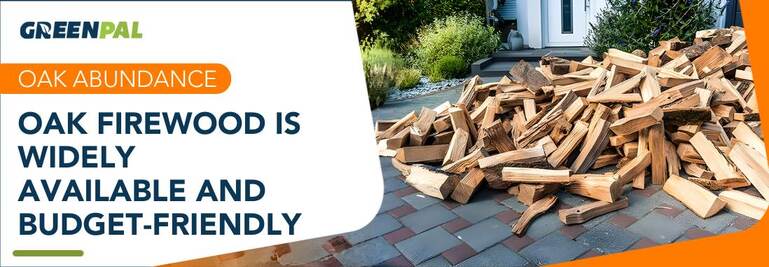
Oak wood is very abundant, moderately price, and considered one of the best species for firewood. If it has been dried properly, it can produce a very slow-burning hot fire.
However, oak can be a little more difficult to ignite if it hasn’t been properly dried. But is very rewarding due to its low smoke, sustainable, maintenance-free fire.
While it’s primarily used as an indoor wood, it can also be used as a great outdoor wood.
Pros |
Cons |
Abundantly available |
Difficult to ignite |
Dense and long-burning | |
Burns very hot |
3. Cherry Firewood

Cherry wood is one of the most popular woods to burn in fireplaces due to its pleasant, non-smoky aroma. It is very easy to split, tends to burn at a medium heat, and does not produce much smoke.
However, it tends to spark a little more than the average hardwood and can cost a little more than the average wood.
Pros |
Cons |
Smells sweet |
Sparks considerably more |
Splits easily | |
Provides medium heat |
Can be more expensive |
4. Birch Firewood
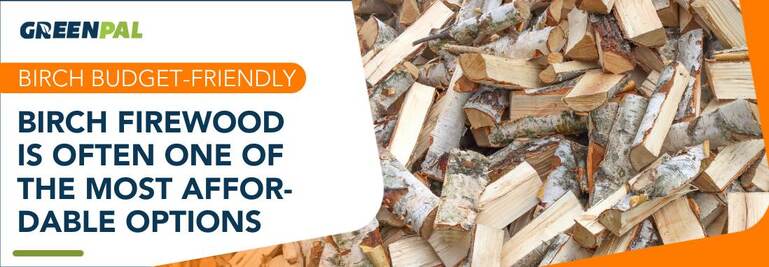
Birch wood could be one of the cheapest woods to purchase. Because of its thin paper-like bark, it works great as a fire starter; however, it also burns very quickly while producing very little smoke.
It’s best used in a firewood supply with slow burning hardwoods to maximize its high burning heat.
Like most of the others, this wood can be used both indoor and outdoor.
Pros |
Cons |
Starts easily (makes a good fire starter) |
Burns quickly |
Burns hot | |
Produces little smoke |
5. Pine Firewood
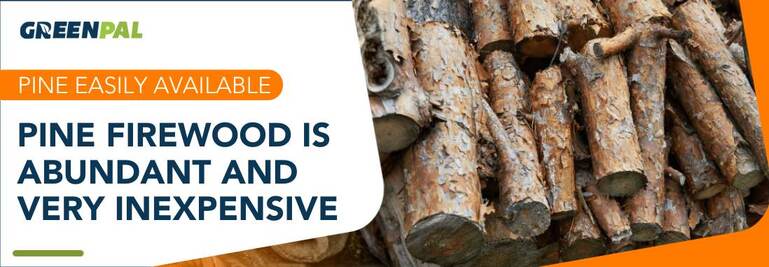
Pine wood is readily available and abundant making it very inexpensive. This wood seasons faster than all the hardwood varieties and is easy to split and start. It tends to burn fairly quick, but does not produce the heat of hardwoods.
Due to the sap pockets exploding in this wood while burning, loud pops and sparkling are common, so this type of wood is best used as an outside wood.
Pros |
Cons |
Burns easily |
Sap can cause issues when burned indoors |
Can be used in small quantities to start indoor fire. |
Smoke can cause pine fever (which may be treated with pine needle tea) |
Inexpensive |
6. Elm Firewood
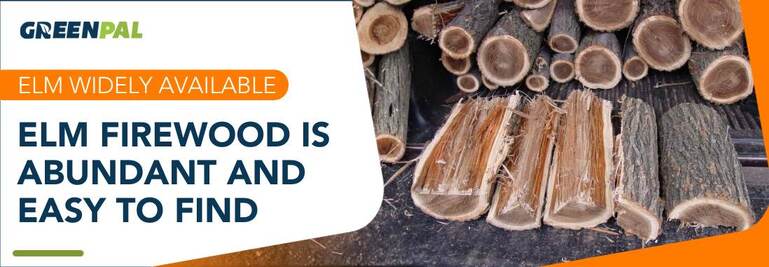
Elm wood is abundant, inexpensively priced, but very hard to split by hand.
It has a medium heating temperature and does not produce too much ash or smoke making it a viable option for the fireplace. Although it has been known to have a strong unique aroma.
Pros |
Cons |
Abundant and inexpensive |
Hard to split |
Medium heat |
Has a smell which may not be pleasant to some |
Low smoke |
7. Chestnut Firewood
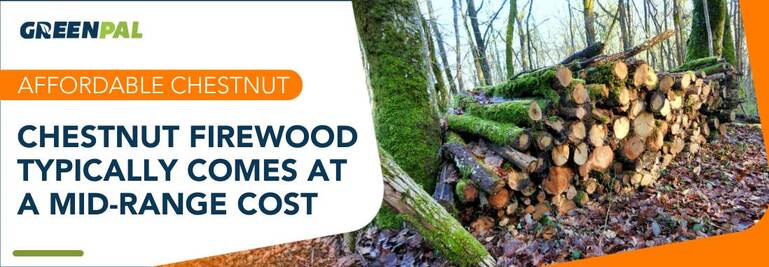
Chestnut wood is moderately priced, very easy to split, but does not burn as hot as its counterparts. It tends to spark more than the other woods and produces heavy smoke.
This wood can be used indoors, but is mainly more for the outdoor fireplace.
Pros |
Cons |
Burns easily |
Sparks a lot |
Splits easily |
Produces a lot of smoke |
Produces low heat |
And the Winner for Best Firewood Is...
So what is the best indoor wood to keep warm this winter based on all the facts?
Oak is the overall winner!!!
Here's the deal, oak burns hotter, slower, has less smoke, and is available anywhere in North America.
Oak can be used both indoors and outdoors and is very cheap to purchase.
Frequently Asked Questions
Hardwood vs. Softwood: Which is better for firewood?
Hardwood is generally better for firewood for indoor heating because it burns hotter and longer than softwood. Hardwoods, like oak and maple, are ideal for a consistent and warm fire. Softwoods can be used as kindling or for outdoor bonfires.
Feature |
Hardwood |
Softwood |
Source |
Deciduous trees |
Conifers |
Burning Time |
Longer |
Shorter |
Heat Output |
Higher |
Lower |
Smoke |
Less |
More |
Best For |
Indoor fires |
Fire starters, outdoor bonfires |
How long should firewood dry before burning?
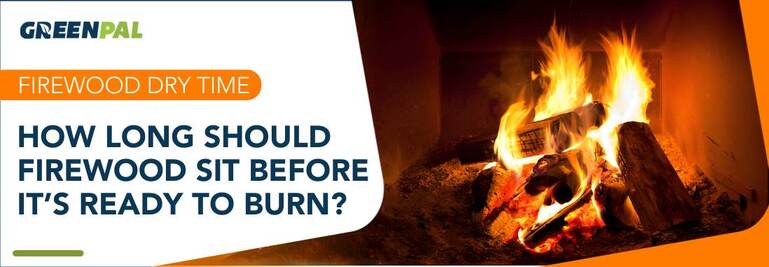
For optimal burning, firewood should be allowed to dry out for a period ranging from six months to a full year. This process, known as seasoning, ensures the wood burns more cleanly and efficiently, producing significantly less smoke than wood that hasn't been dried.
Can cherry wood be used for firewood?
Yes, cherry wood can be used for firewood. It is popular for its pleasant aroma and easy splitting. However, it tends to spark more than other hardwoods and might cost a bit more.
Is it cost-effective to cut your own firewood?
Yes, harvesting your own firewood can be both economical and a great form of exercise. Just be sure you're equipped with the proper tools and knowledge to ensure safety during the process.
How can I make my firewood burn longer?
To make your firewood burn longer, use dense hardwoods like oak or maple, ensure the wood is properly seasoned, and maintain a controlled fire with adequate ventilation in your fireplace or wood stove.
Which Firewood will you choose?
Comparison of Firewood Types for Winter Warmth

Type of Wood |
Hardwood/Softwood |
Heat Output |
Smoke Production |
Ease of Splitting |
Cost |
Maple |
Hardwood |
High |
Low |
Difficult |
Medium |
Oak |
Hardwood |
High |
Low |
Moderate |
Medium |
Cherry |
Hardwood |
High |
Low |
Easy |
High |
Birch |
Hardwood |
High |
Low |
Easy |
Low |
Pine |
Softwood |
Low |
High |
Easy |
Low |
Elm |
Hardwood |
Medium |
Medium |
Difficult |
Low |
Chestnut |
Hardwood |
Low |
High |
Easy |
Medium |
Whether your fire is indoors or outdoors, make sure to keep these tips in mind for efficient heating options or even optimal marshmallow roasting.
Surly the firewood that works best for you, is the one you have access to.
One final recommendation: cutting your own firewood can be great exercise.
Like Henry Ford said,
“Chop your own wood and it will warm you twice.”
And if you need help cleaning up your lawn after a storm, consider the pros at GreenPal. Despite the work it takes to heat your home with wood, using wood to heat your home is a money saving home improvement that is also sustainable.





 Share
Share











